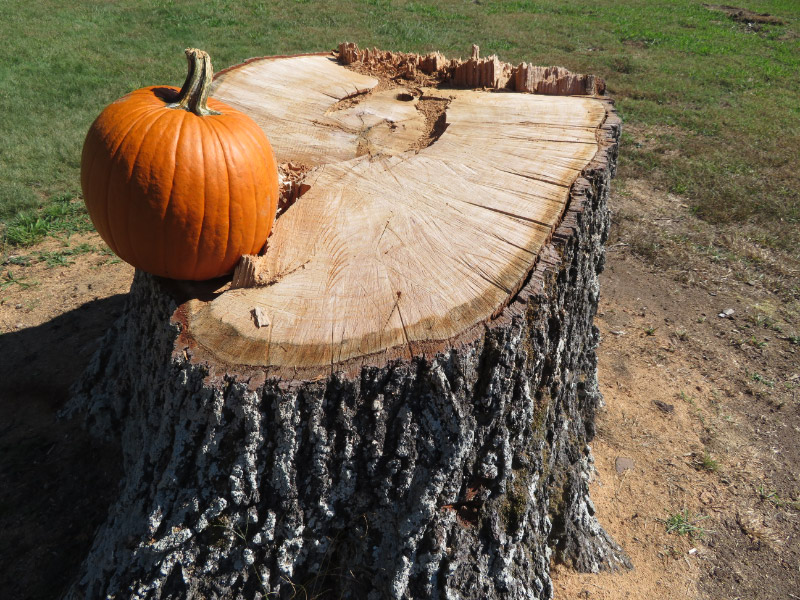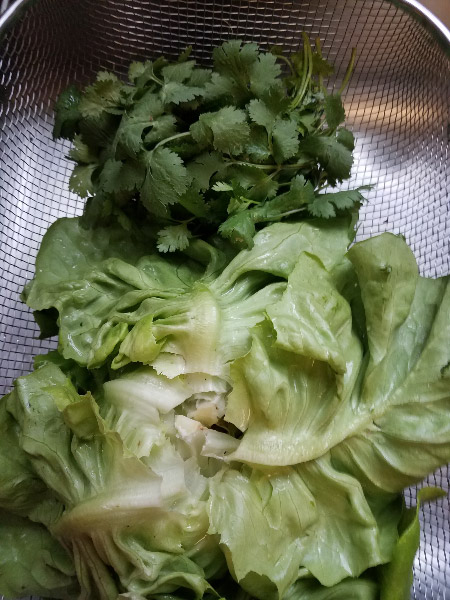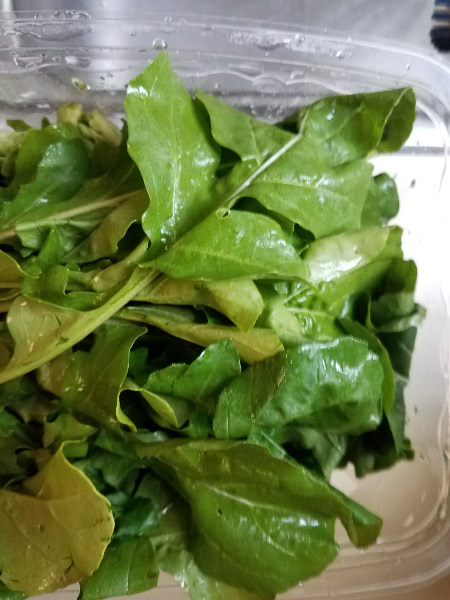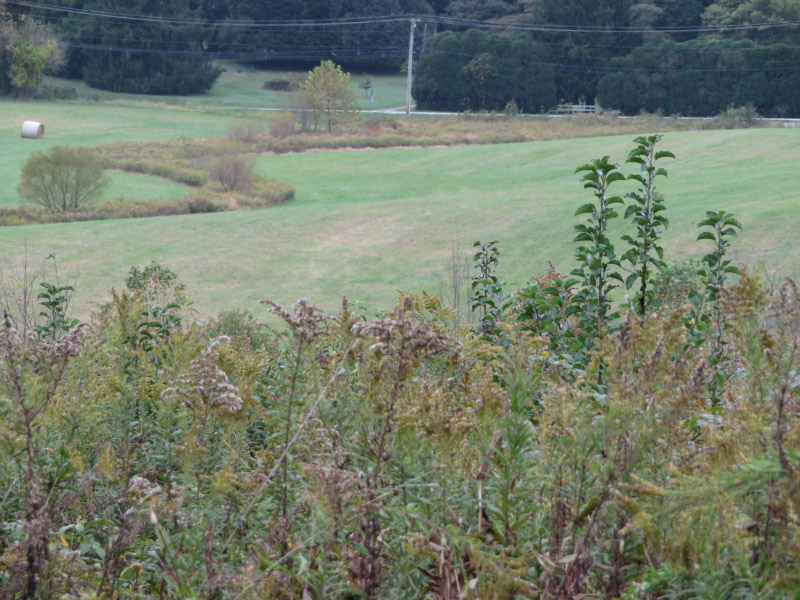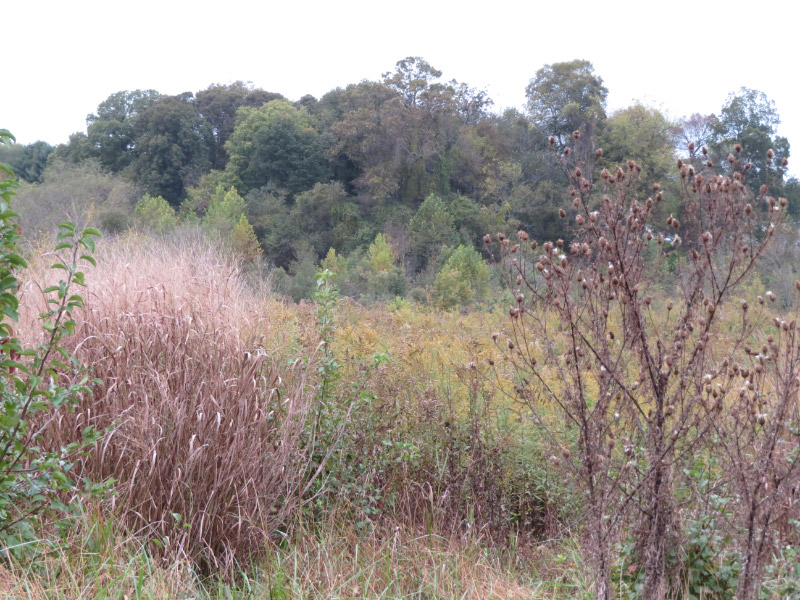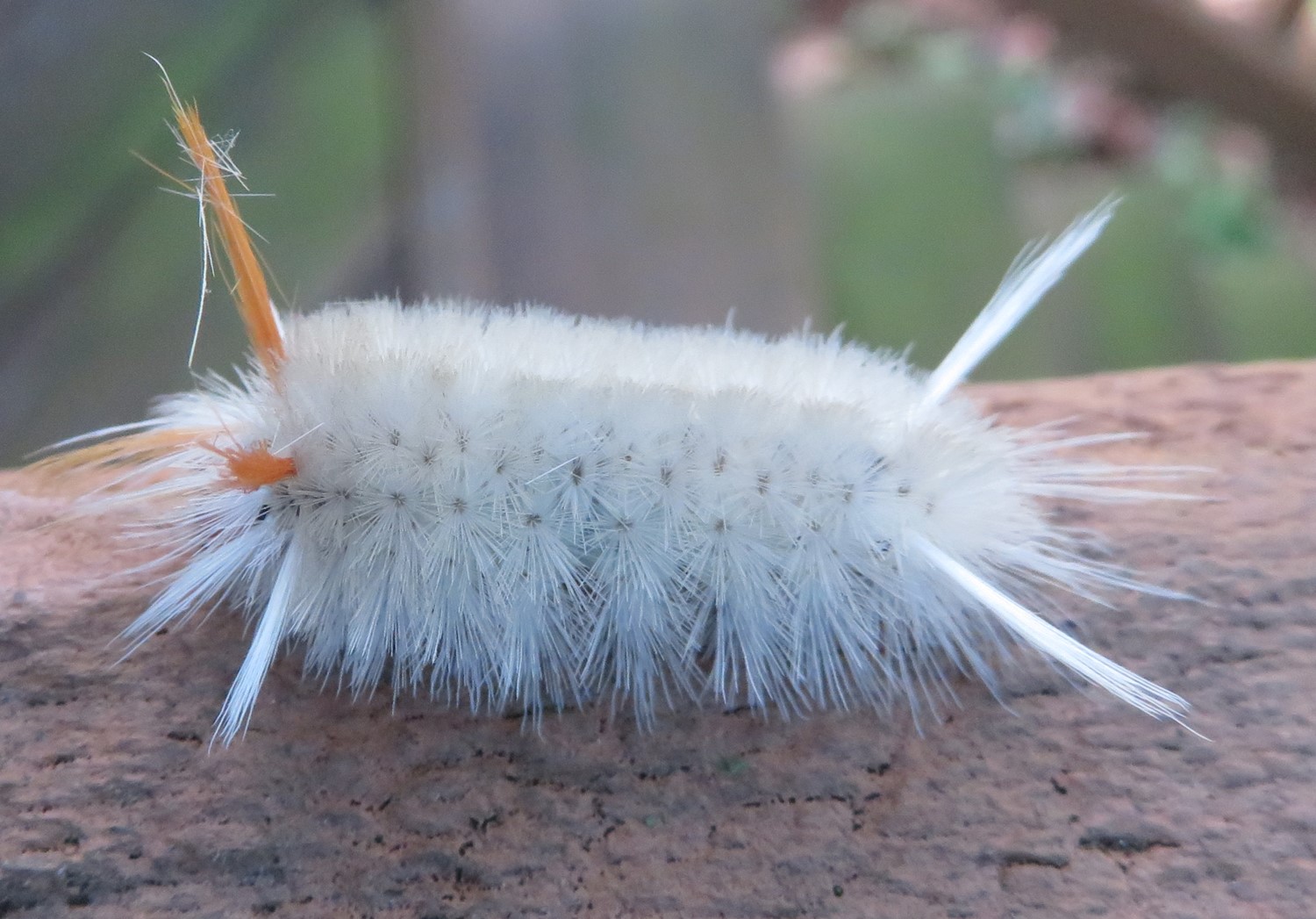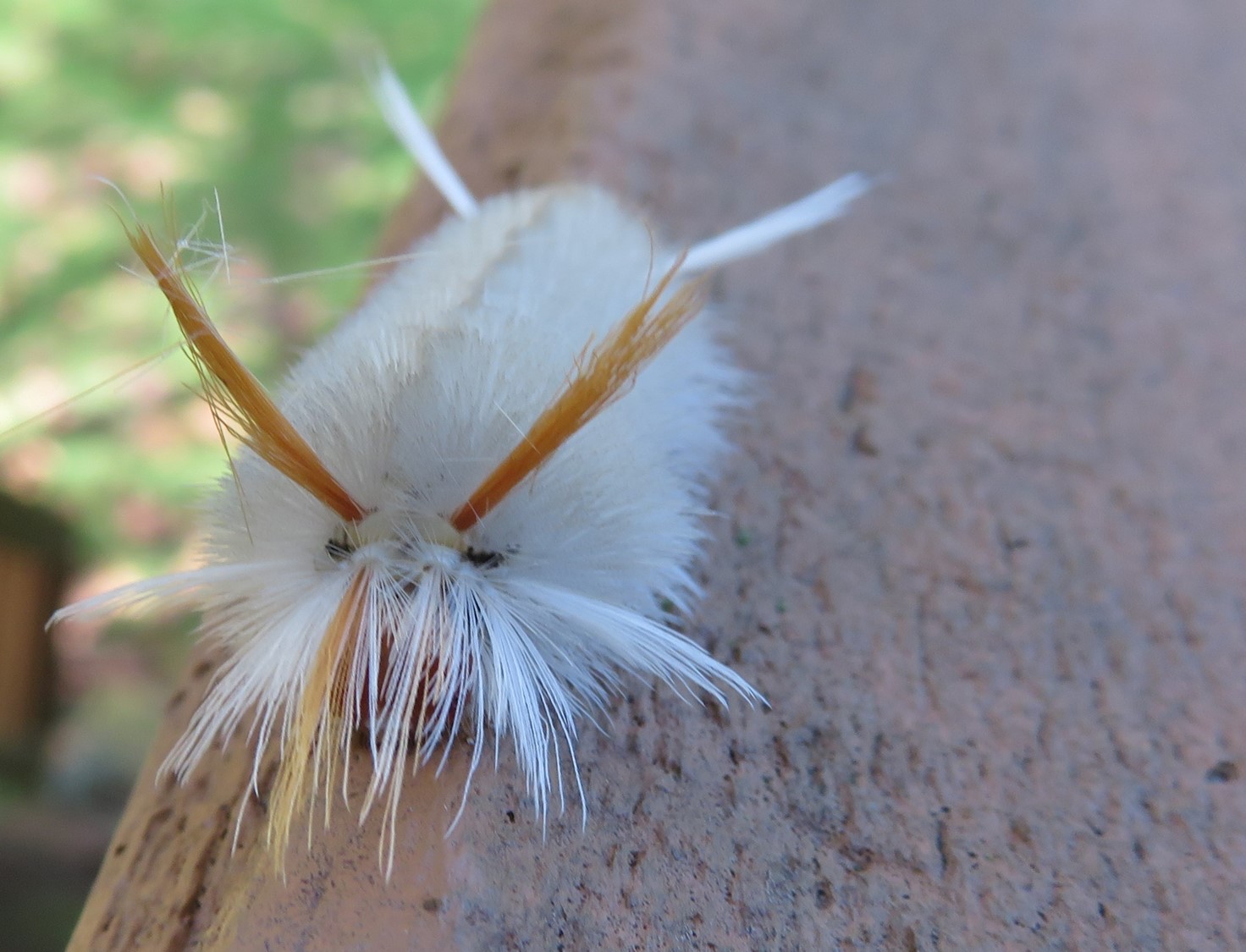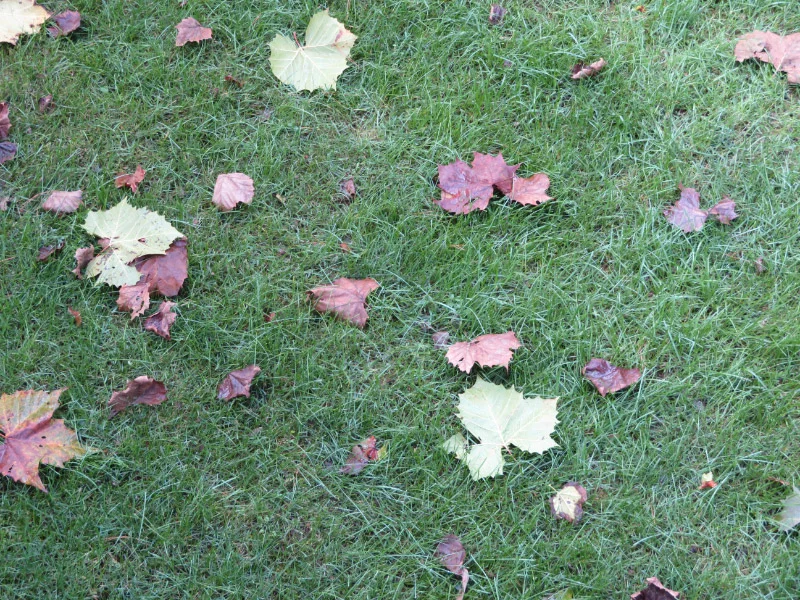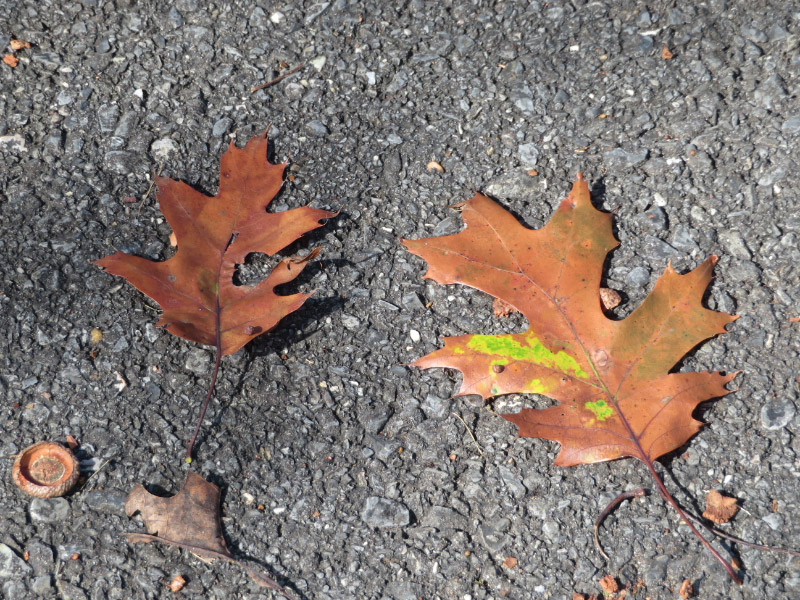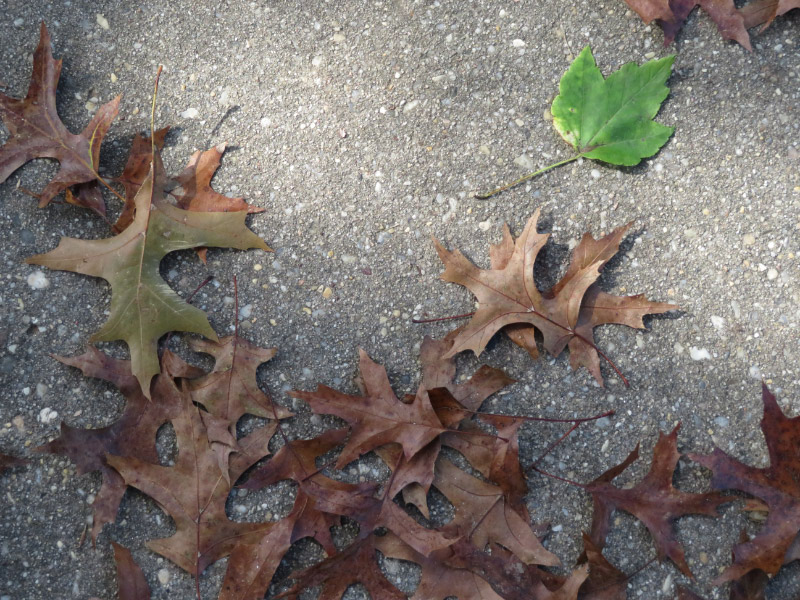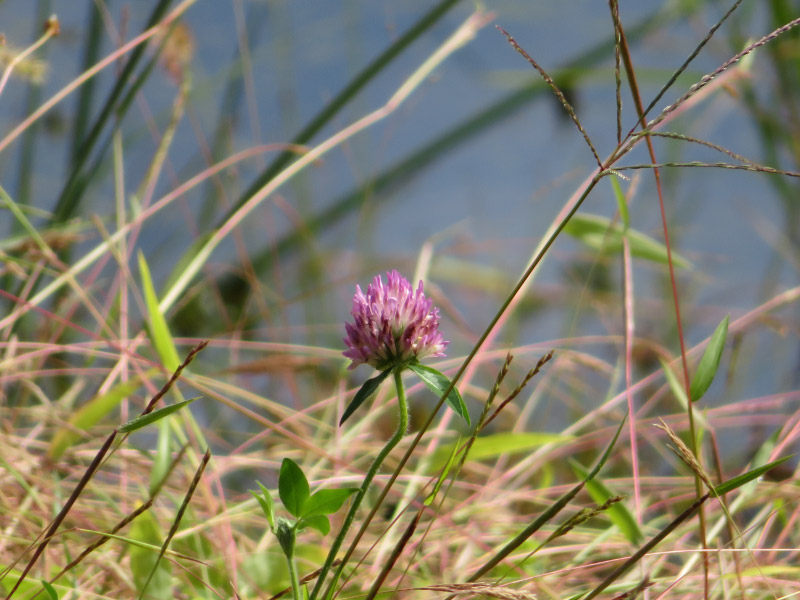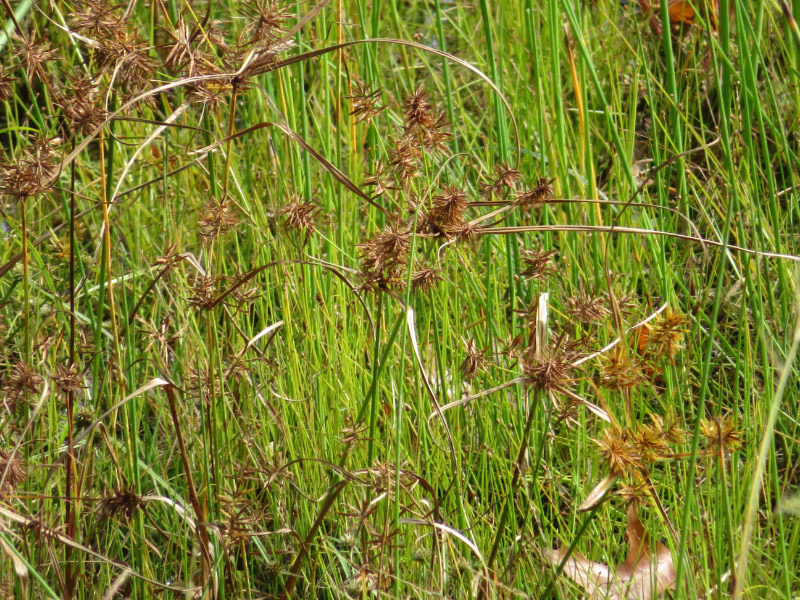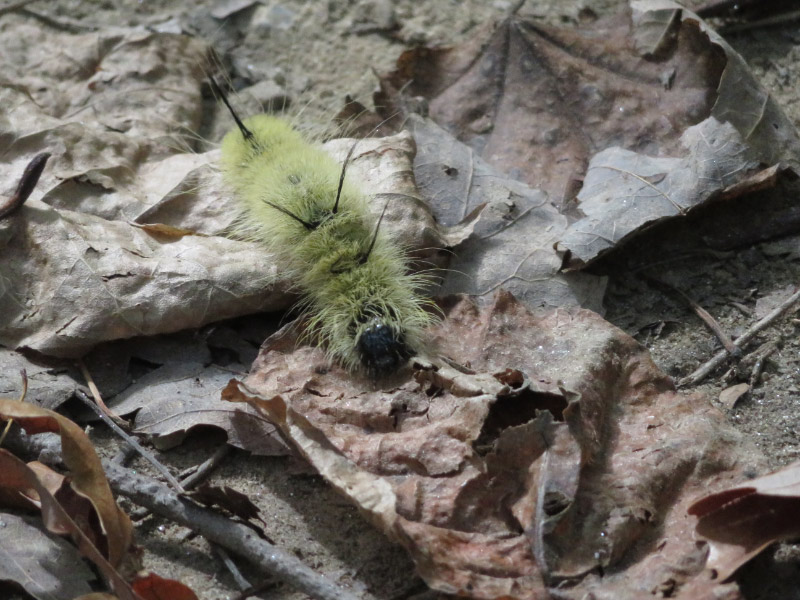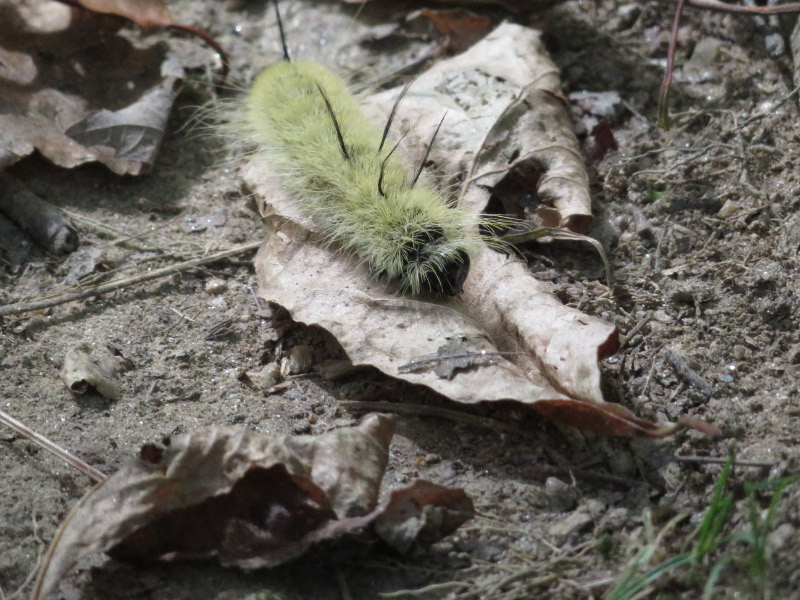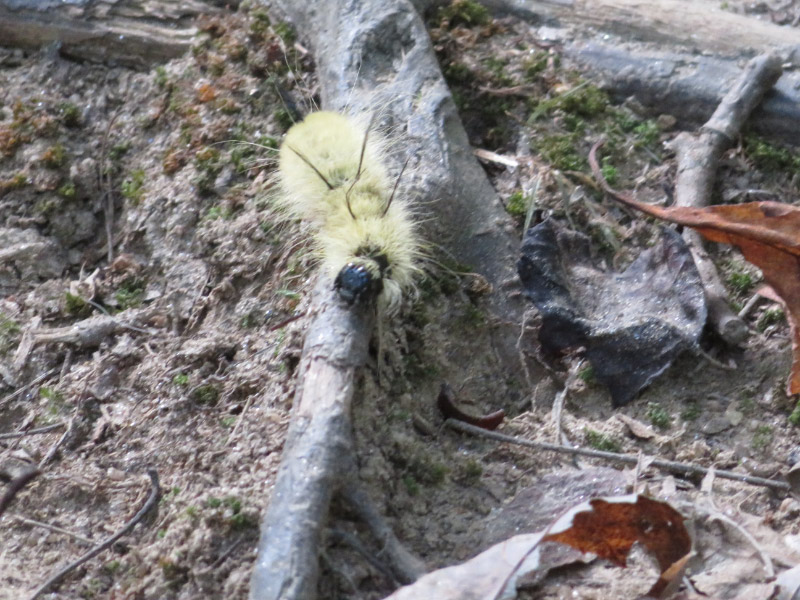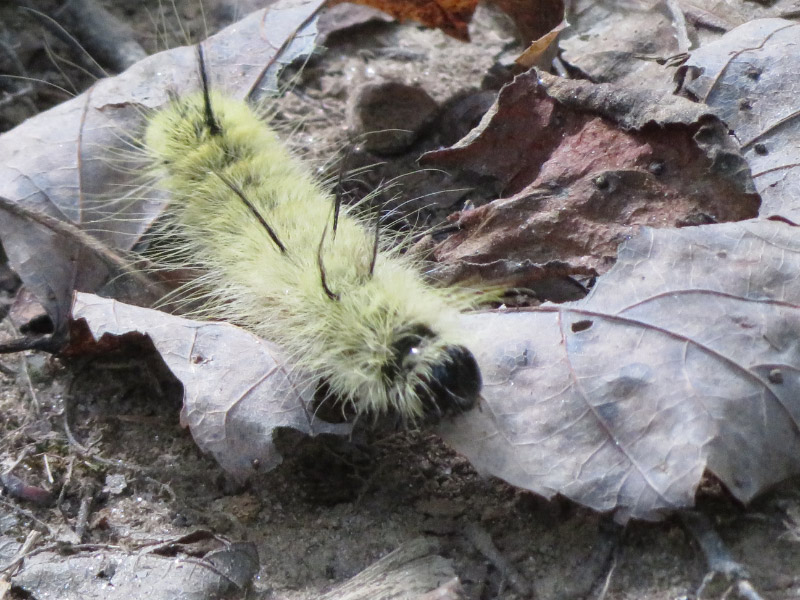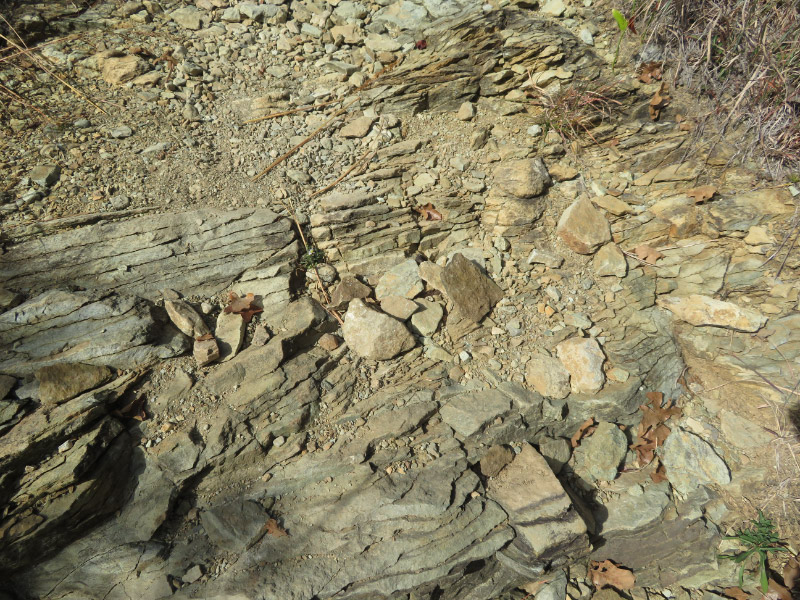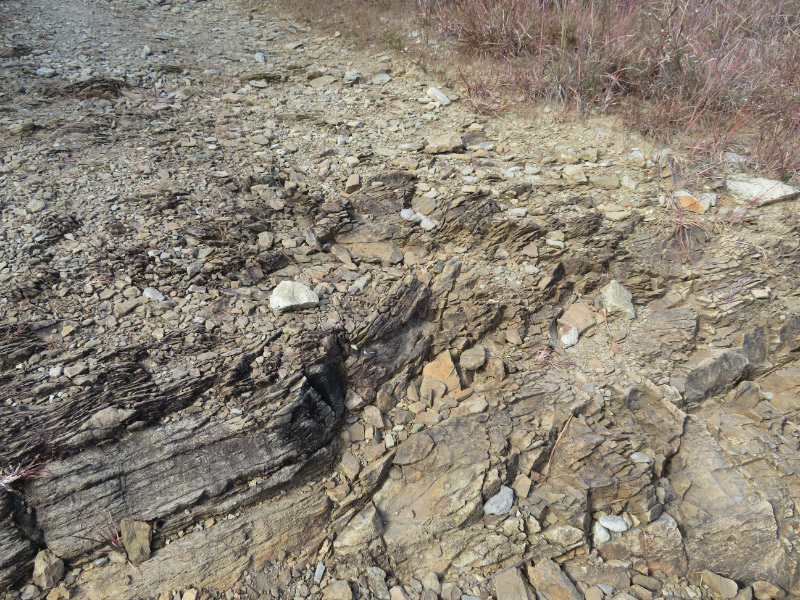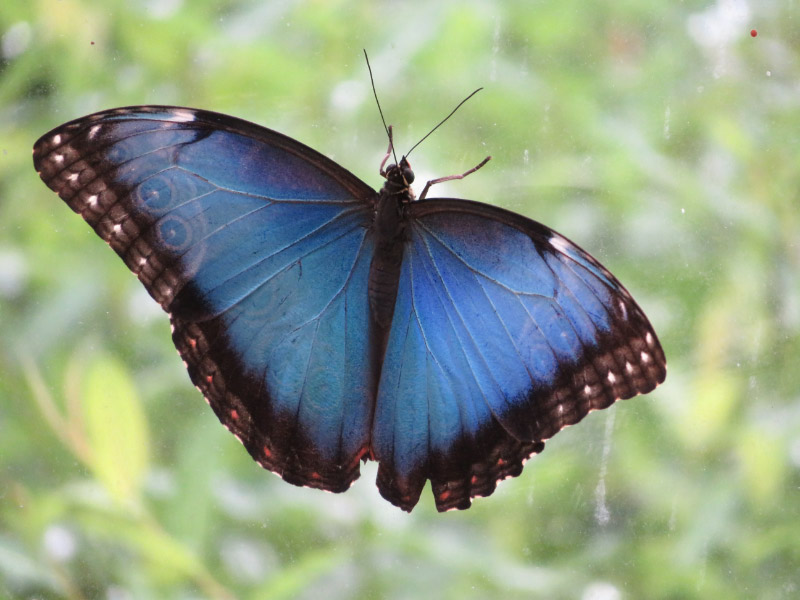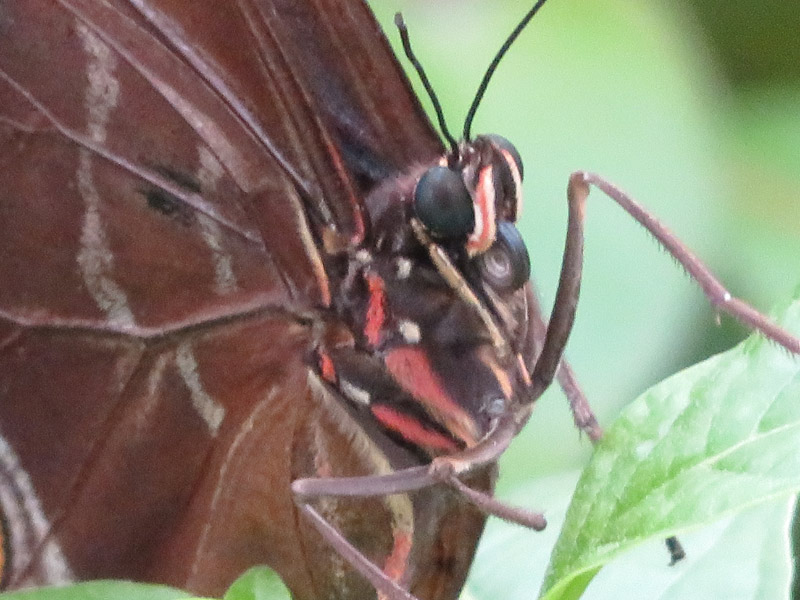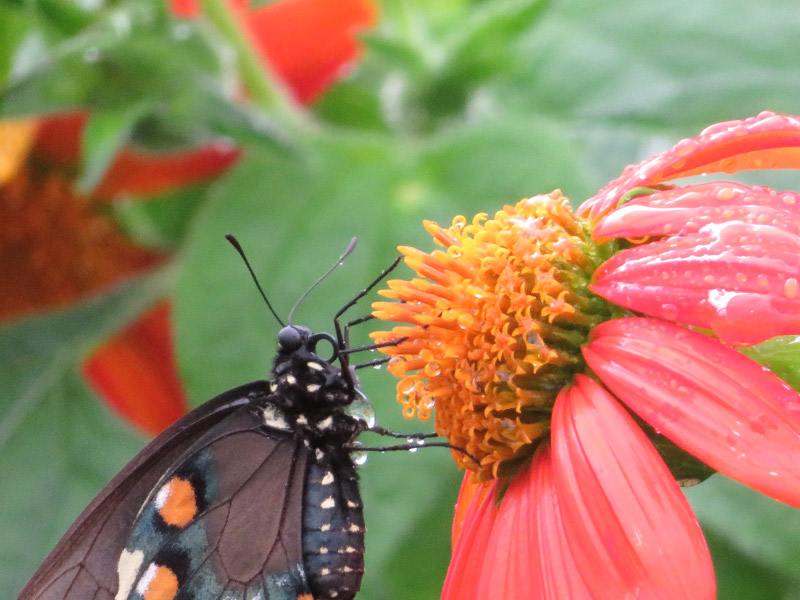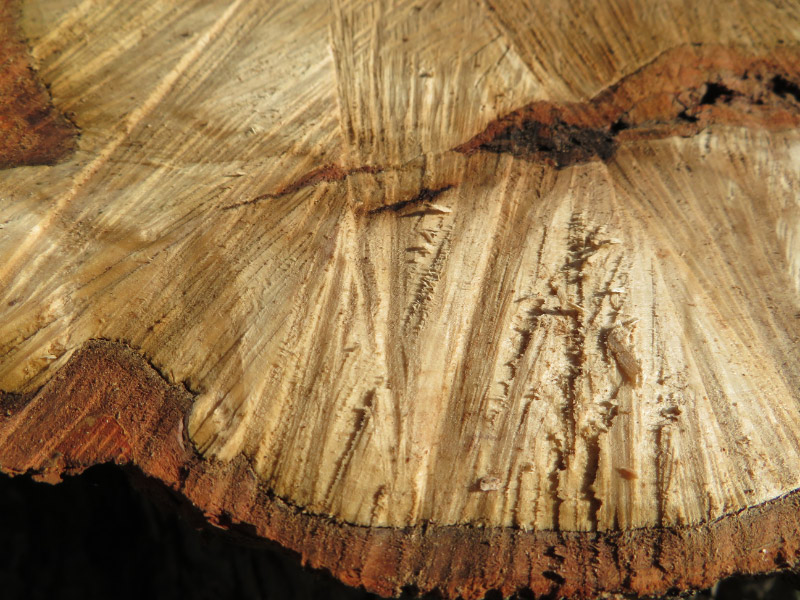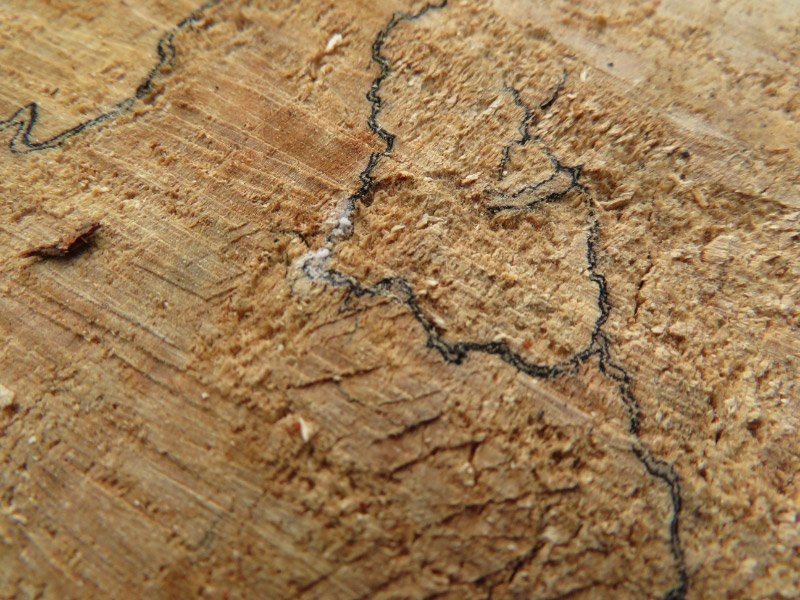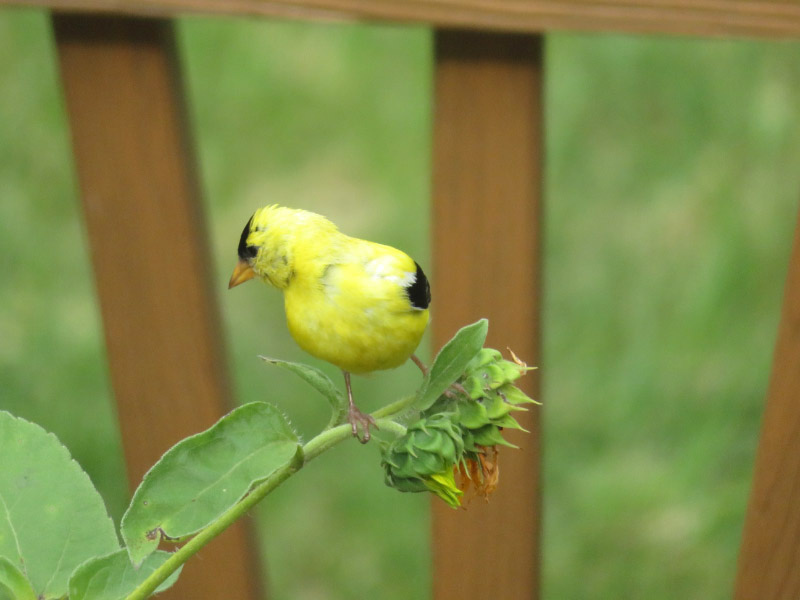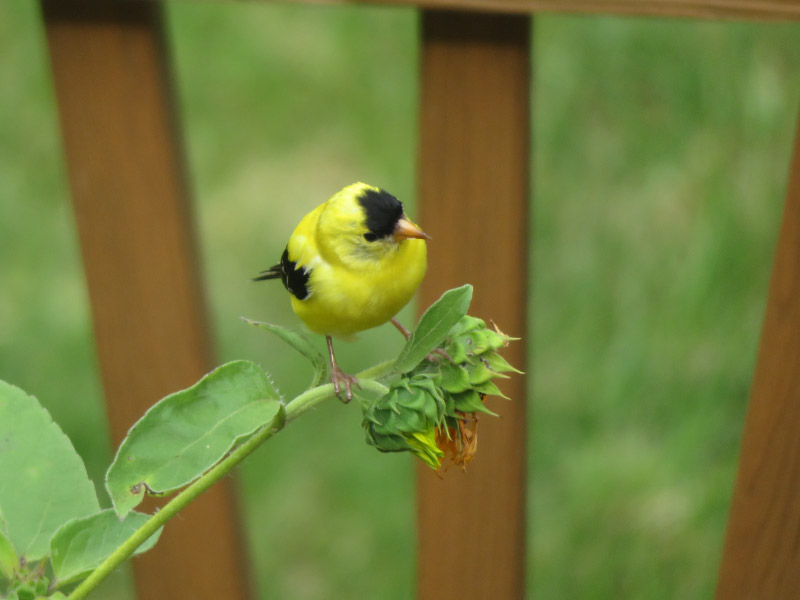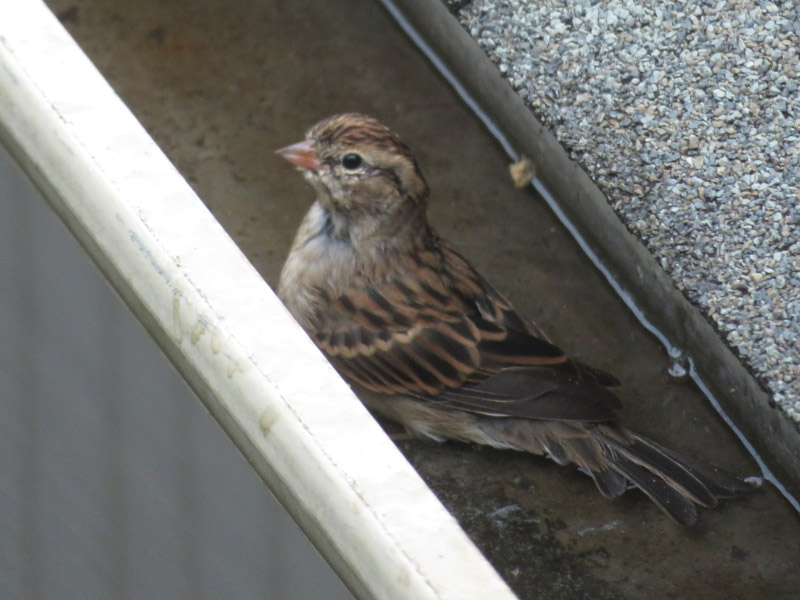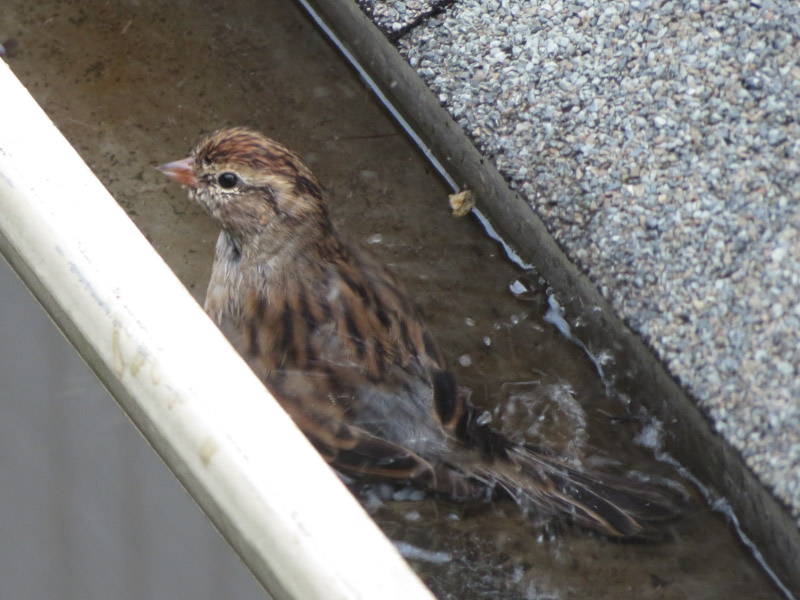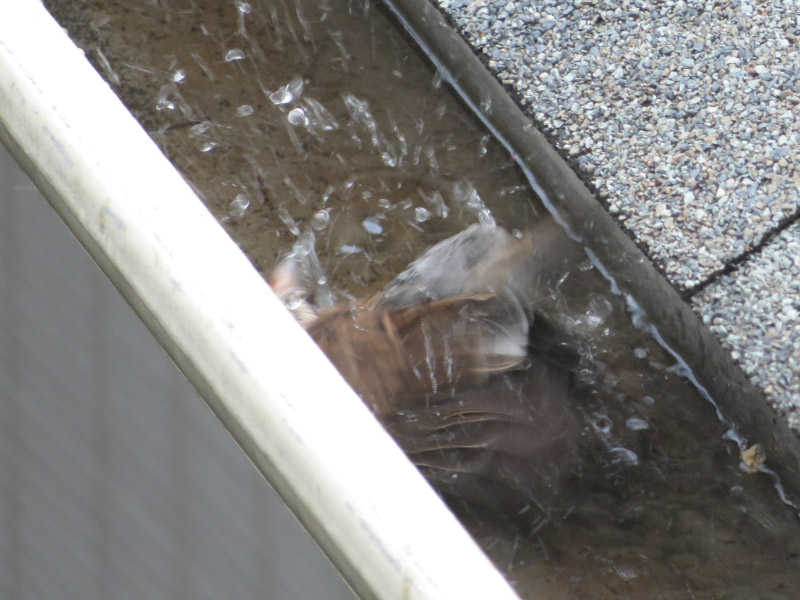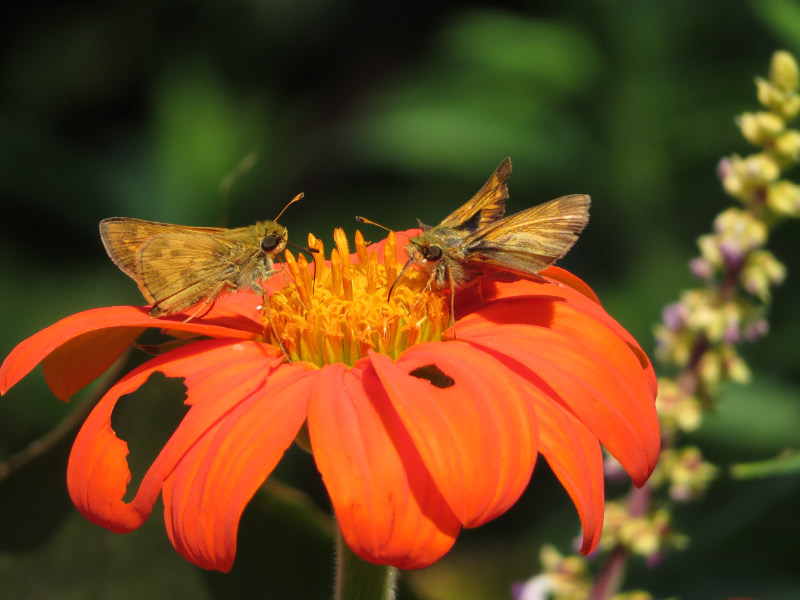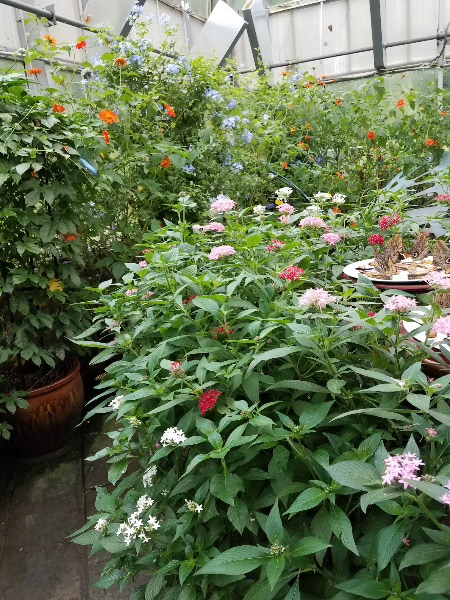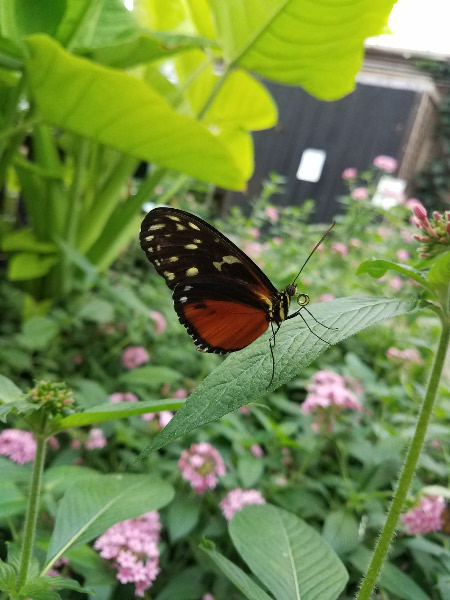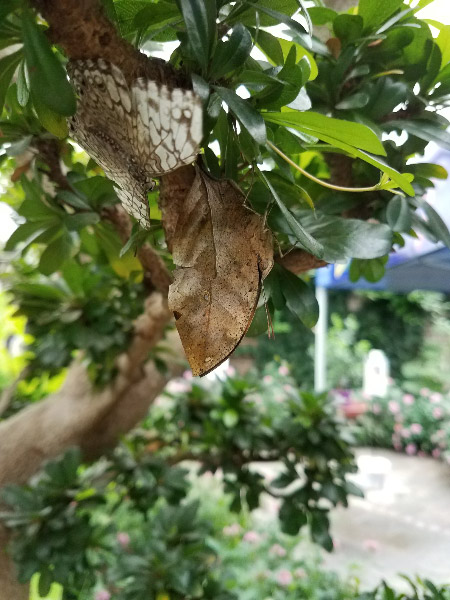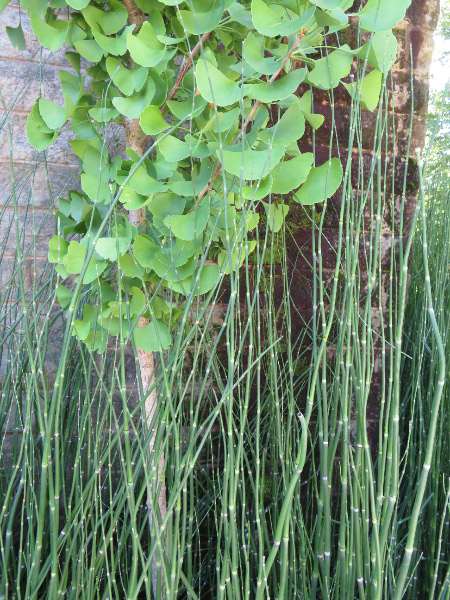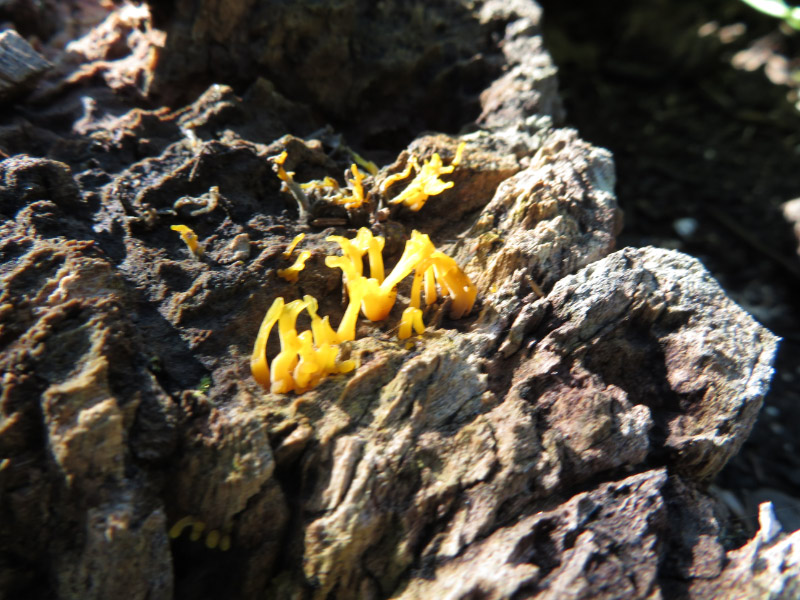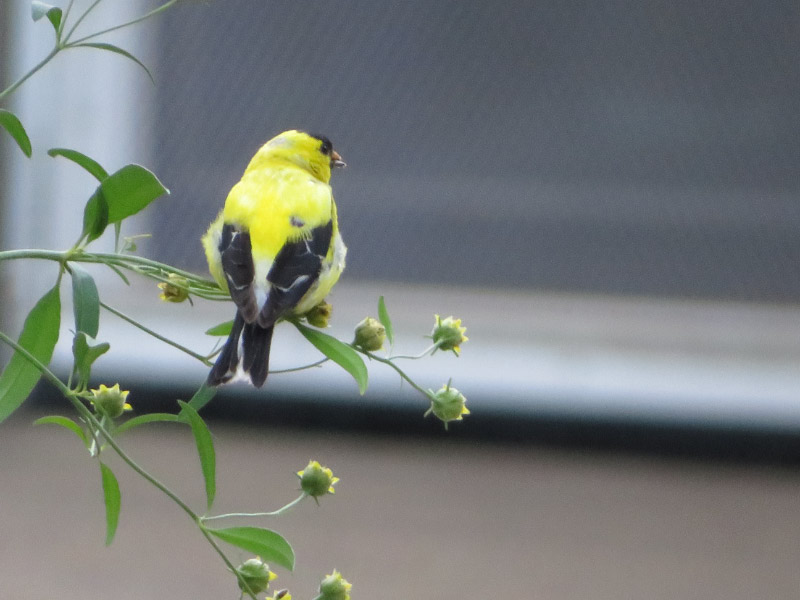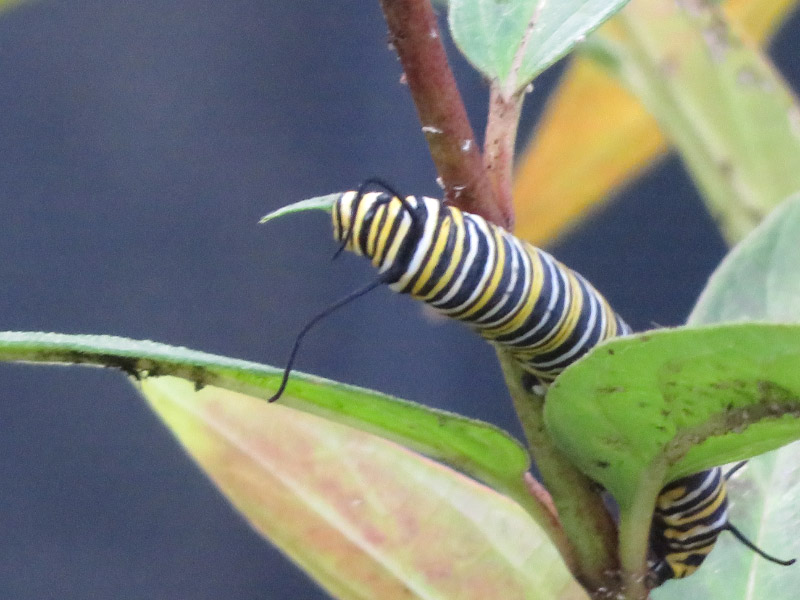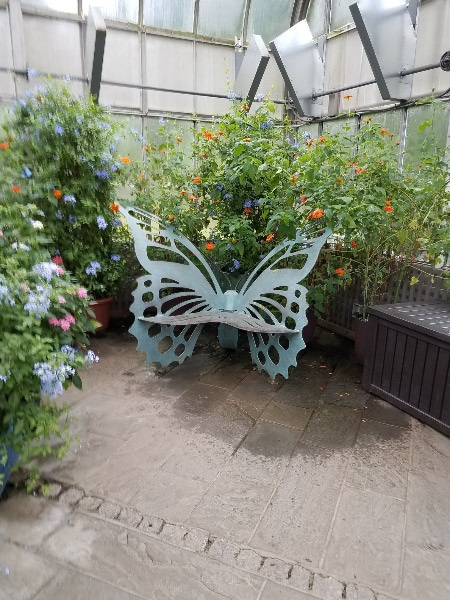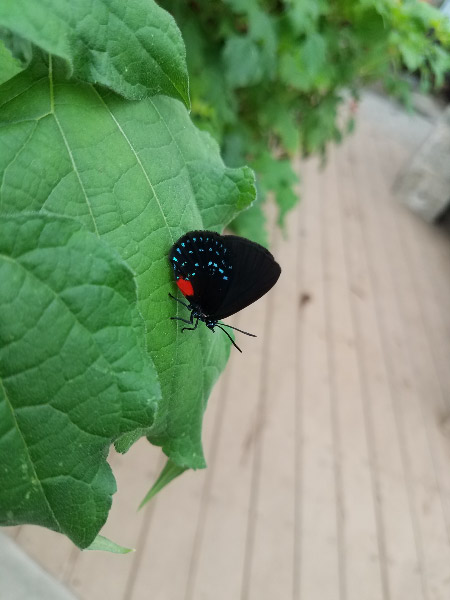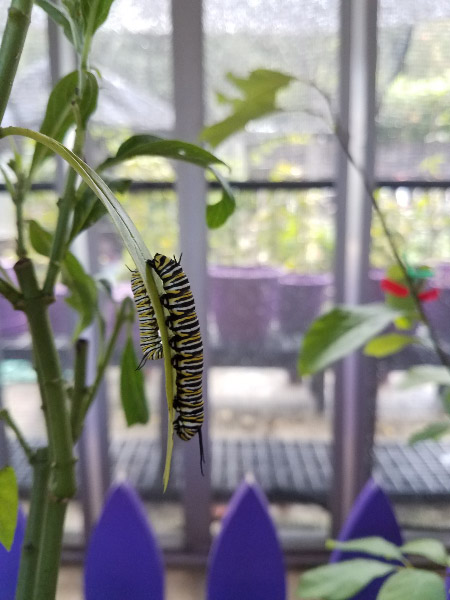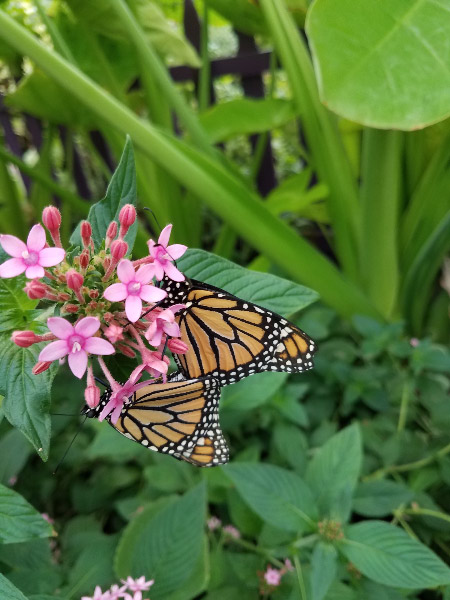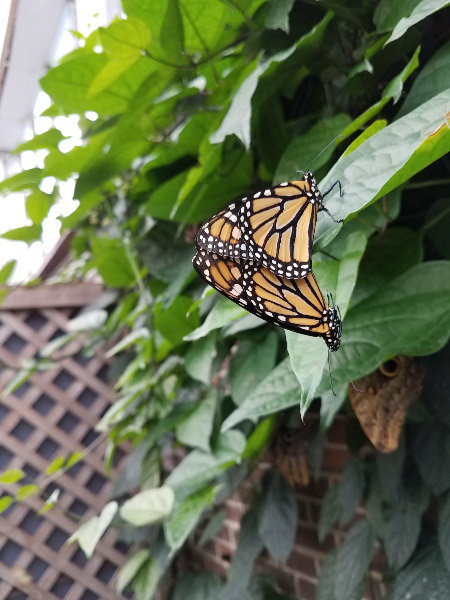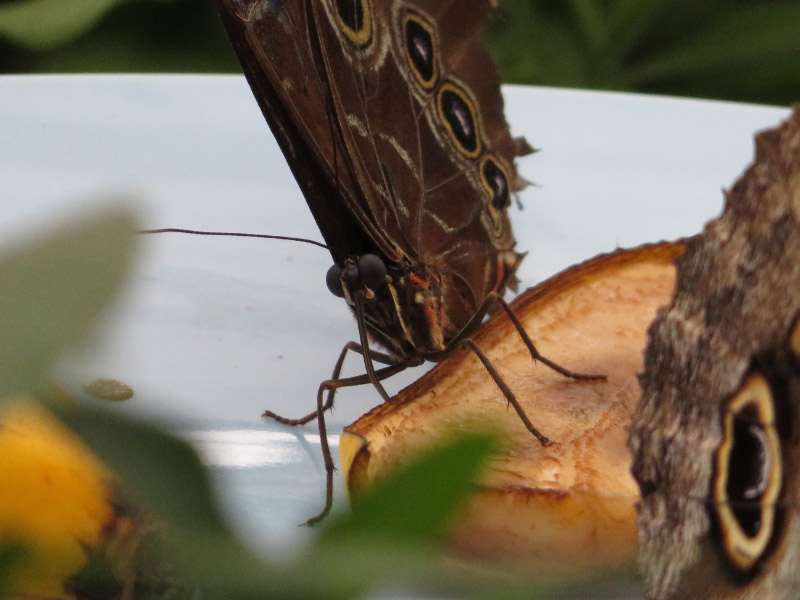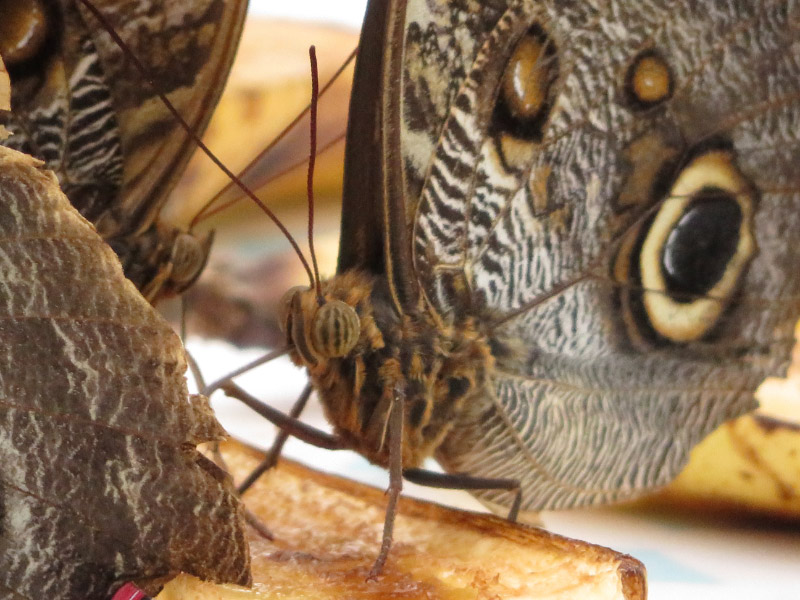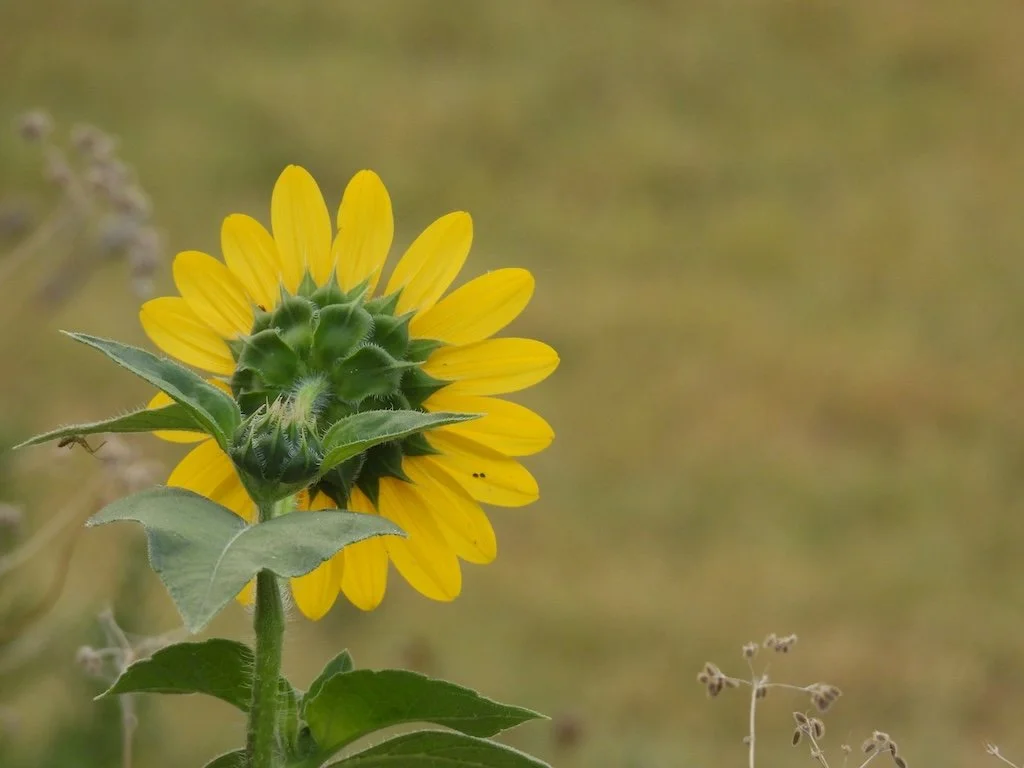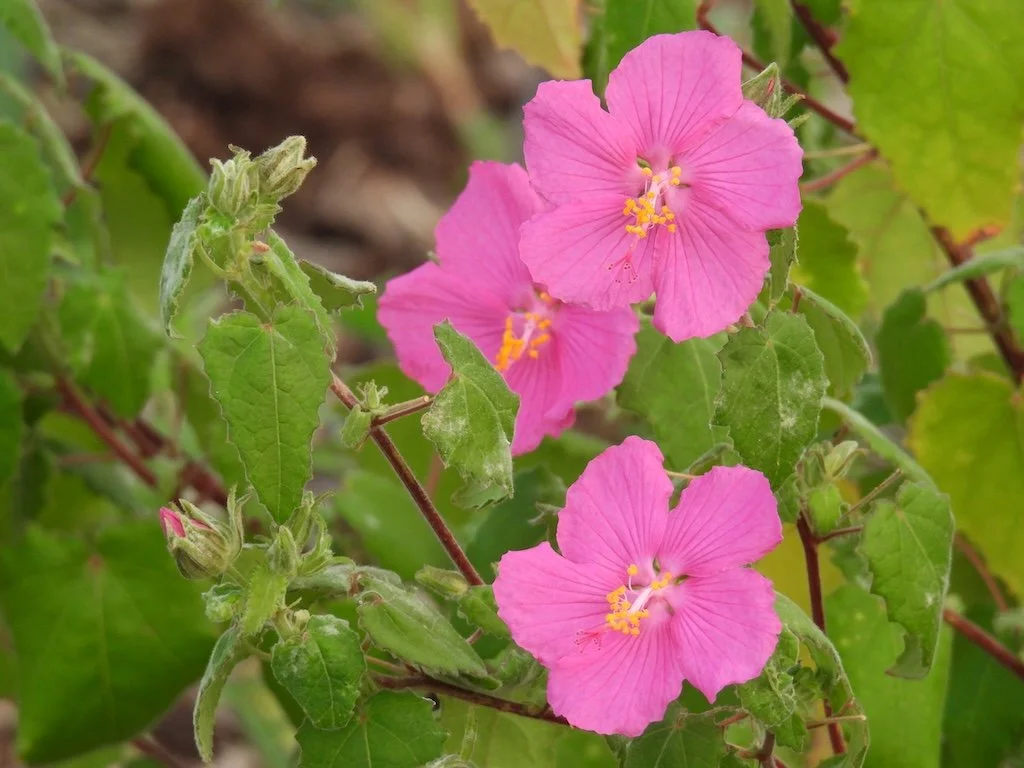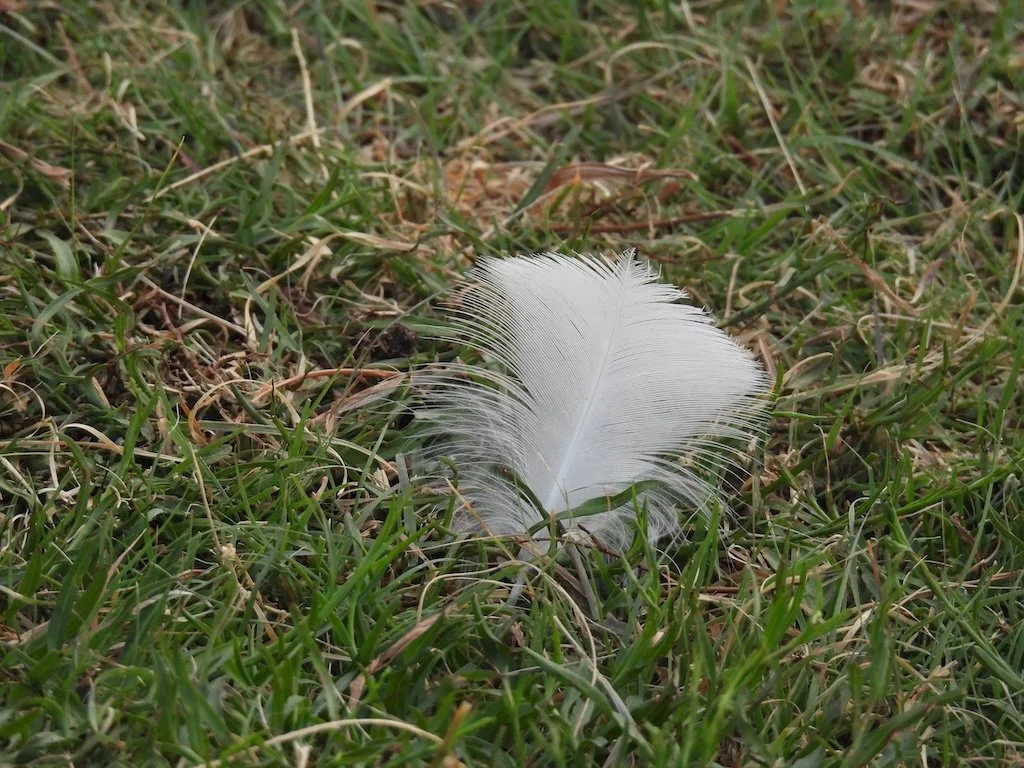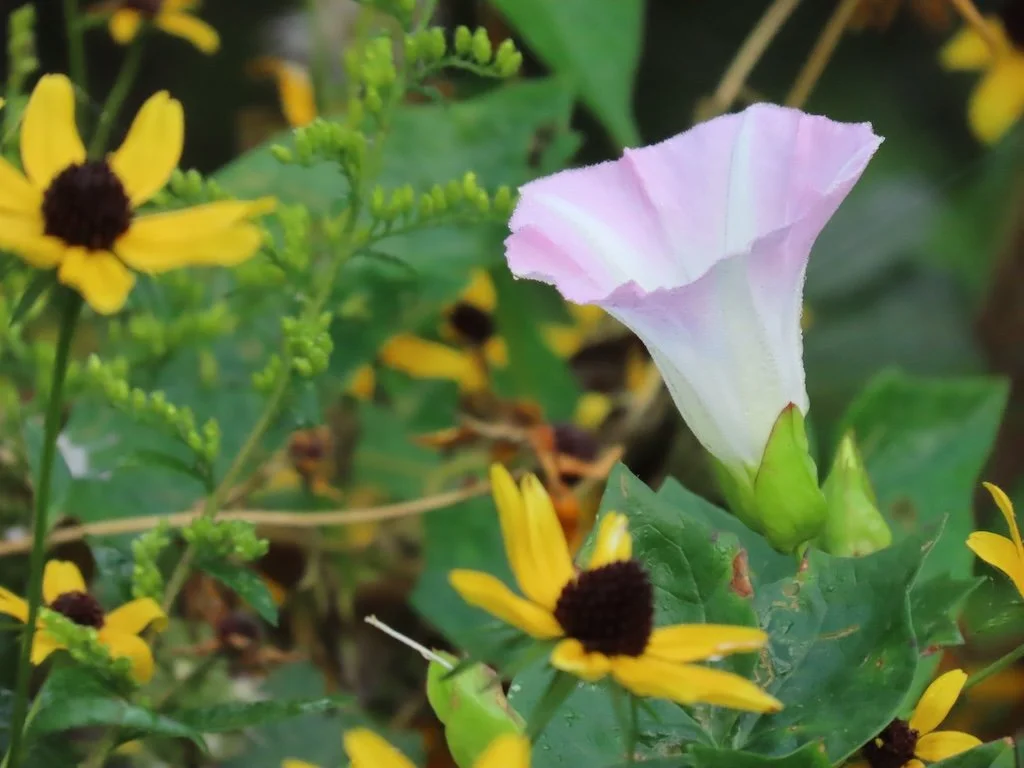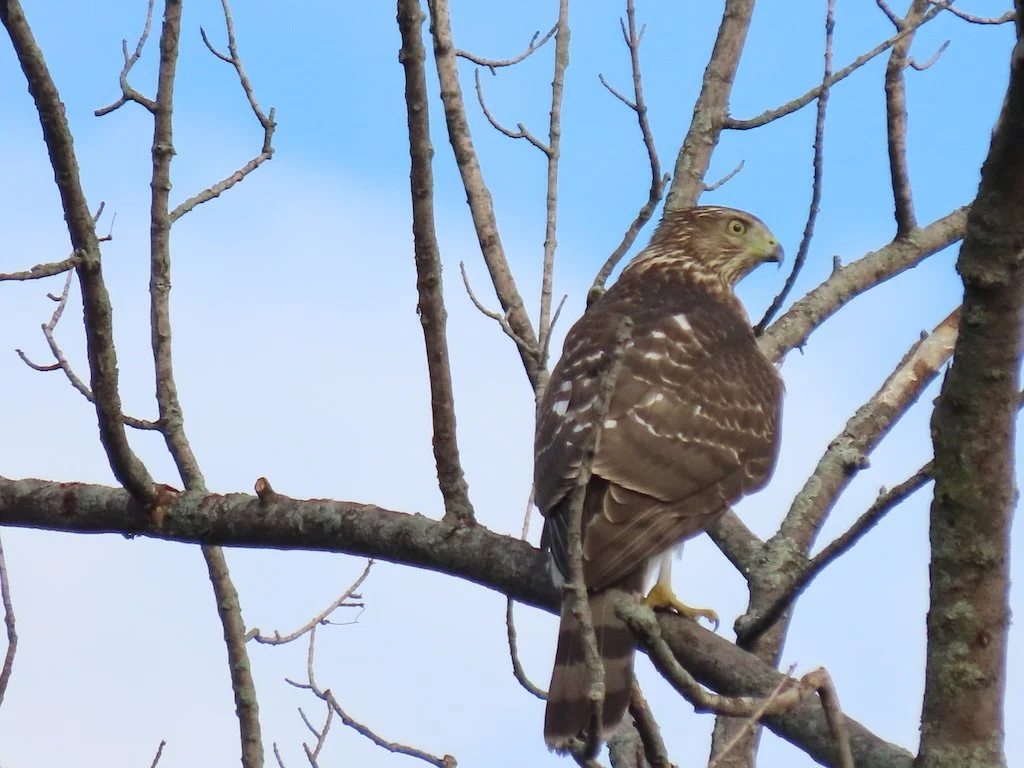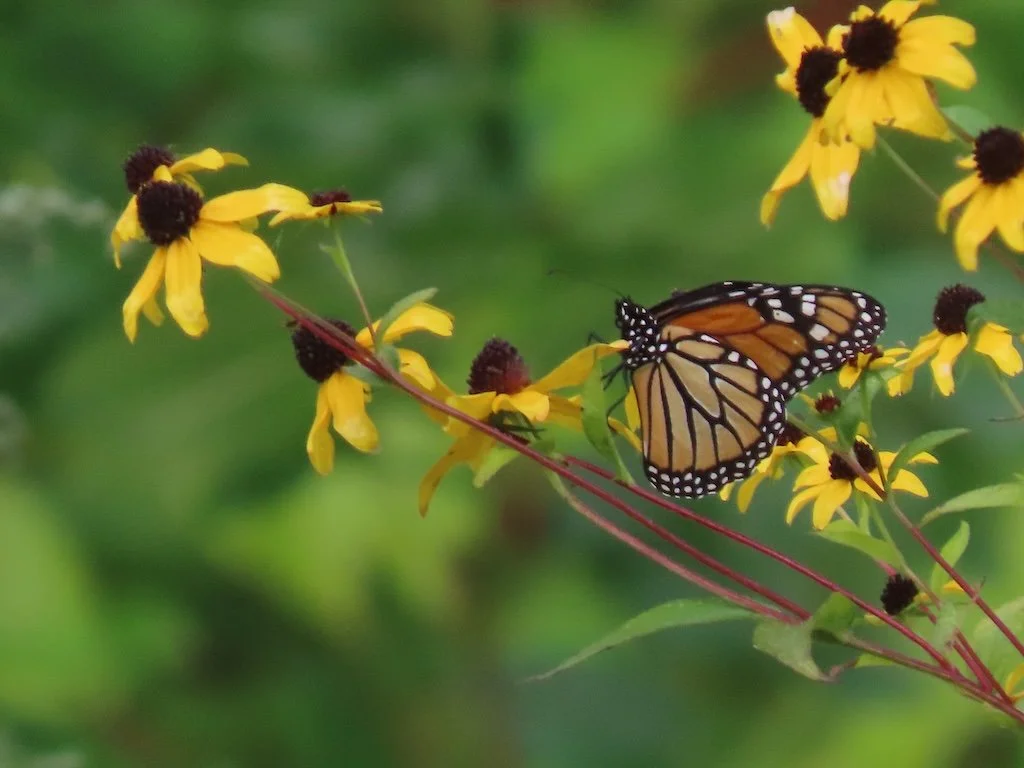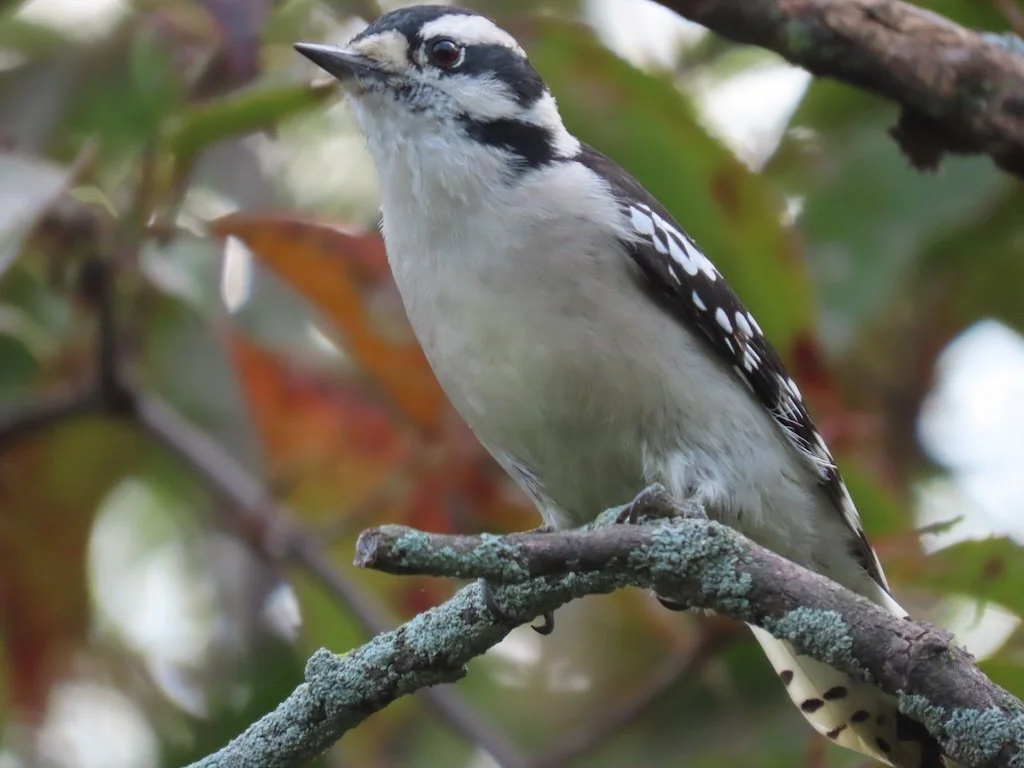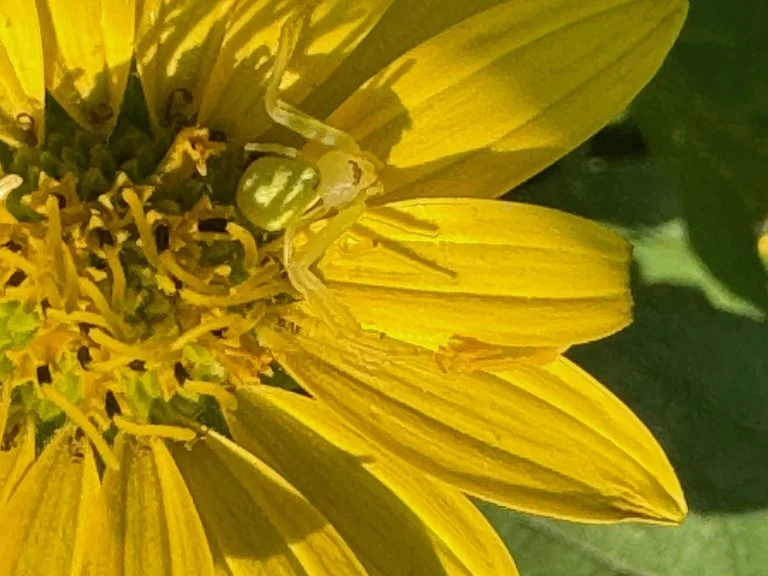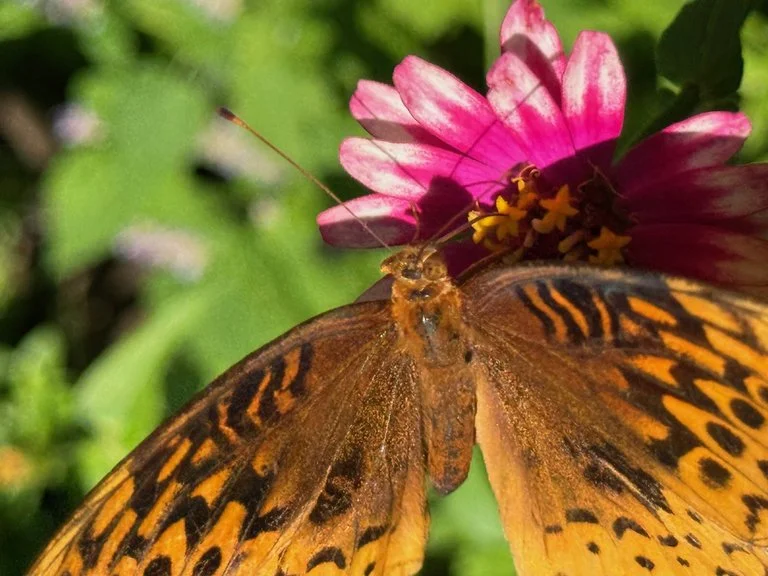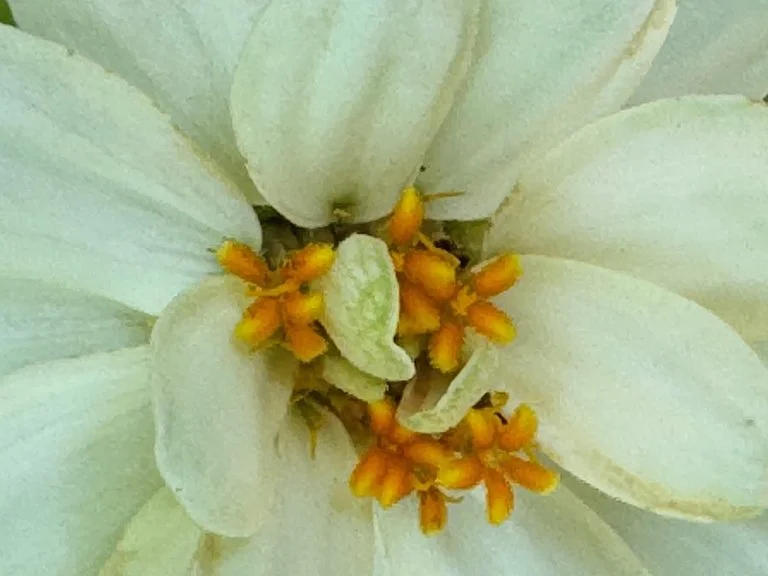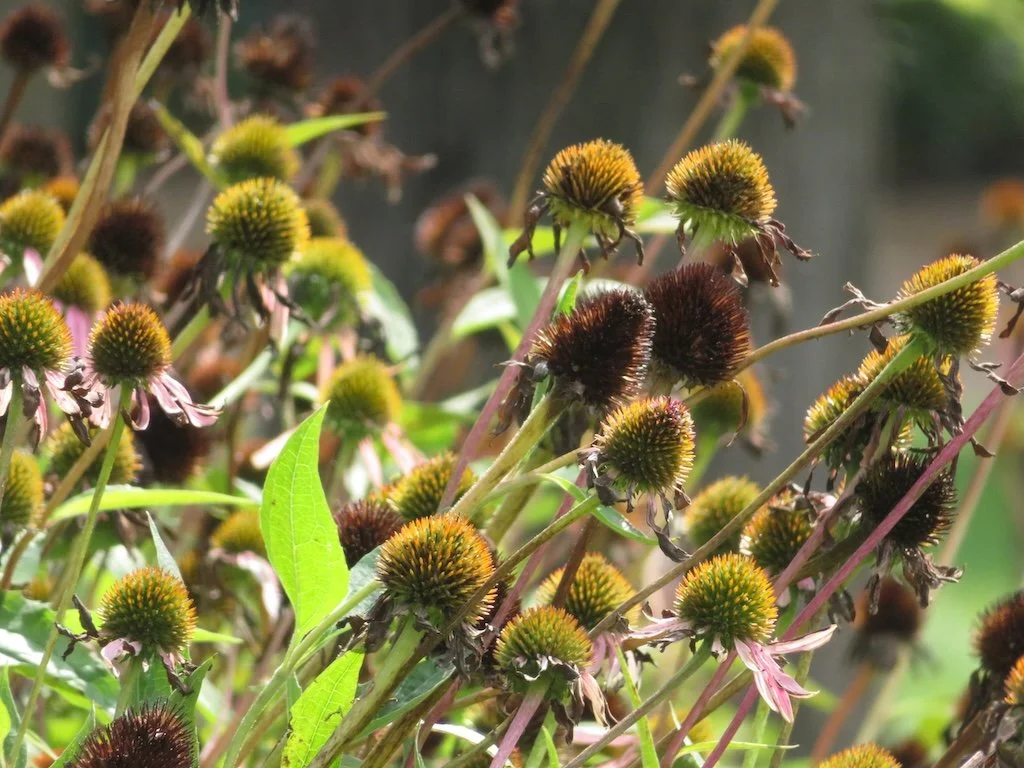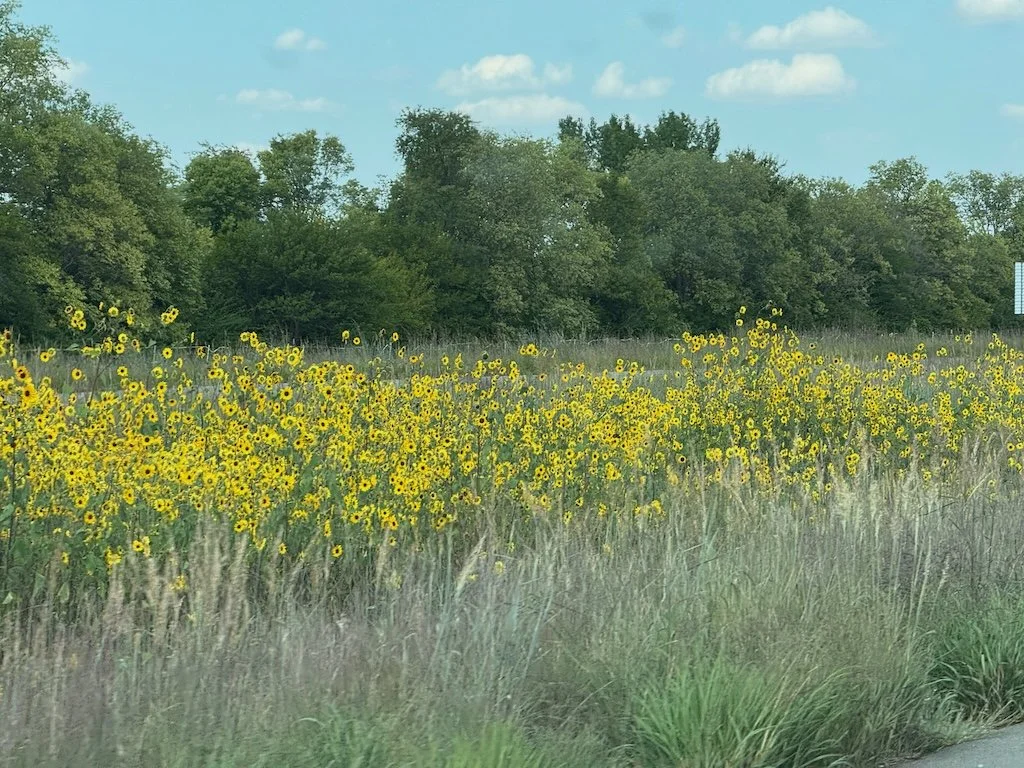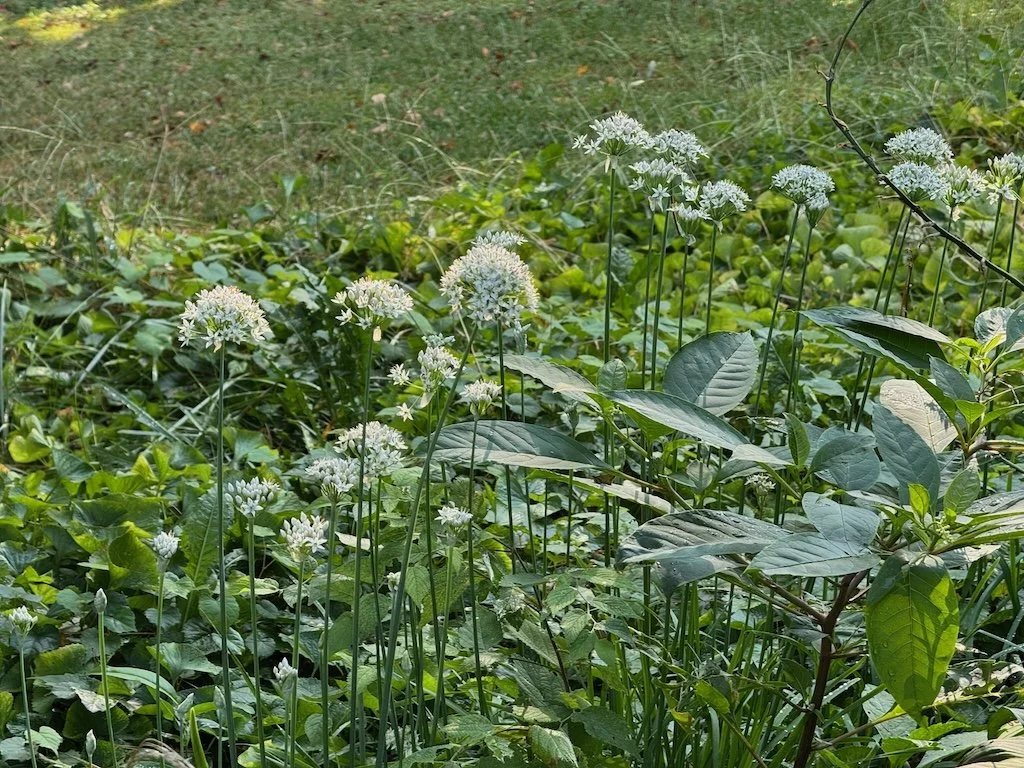The items below were ‘the cream’ of the articles and websites I found this past week. Click on the light green text to look at the article.
Celebrate Cassini’s Historic Voyage in Eight Incredible Images | Smart News | Smithsonian – Cassini has crashed into Saturn’s atmosphere (intentionally) and there have been quite a few retrospective articles about its long mission. I liked this one…so am including in the gleanings for this week.
Eighteenth century nautical charts reveal coral loss -- ScienceDaily – The study compared the coral documented in the Florida Keys in nautical charts from the 1770s to satellite data. More than half the coral reef has disappeared completely. Nearer to land, the loss is closer to 90%.
What We Still Don’t Know about the Health Benefits of Nature – THE DIRT – I noticed this article first because the picture under the heading is of Klyde Warren Park in Dallas (I visited there several years ago and enjoyed it) but thin the article was worth looking at too. It defines some priorities for research to understand the health benefits of nature better although most people already agree that is it beneficial…but how exactly does it happen. Some doctors are already prescribing time in the park!
North American Ash on Brink of Extinction | The Scientist Magazine® - In Maryland many of the Ash Trees are already dead or dying. Very sad.
Top 25 Wild Bird Photographs of the Week #105 – National Geographic Society – There’s an Eastern Bluebird toward the middle of this collection….perched a little differently than I usually see them.
A Monumental Road Trip in Northern Arizona - National Parks Traveler – I’ve been to most of these places…..and enjoyed them all.
BBC - Future - How we’re creating ‘super plants’ to help humanity – The article highlights 4 ideas: cross-breeding super plants, using plants as medicine, bananas on steroids, and fire-fighting plants.
Learn How to Create Zentangle Art, a Meditative Form of Drawing – This article is about doing Zentangles (drawing patterns) rather than buying an adult coloring book. I started doing doodles and graduated to Zentangles and never was tempted by the ‘coloring book’ craze.
Ruins of a Roman City Found Off the Coast of Tunisia | Smart News | Smithsonian – The area of ancient Neapolis is off the coast of Tunisia. It was destroyed by a tsunami in 365 AD.
Why are fossilized hairs so rare? -- ScienceDaily – Evidently, fossilized hair is 5 times rarer than feathers. Chemistry? Environmental conditions? The research includes statistical analysis of where hair and feathers have been found in the fossil record and make some predictions about where and how to look for them going forward.

